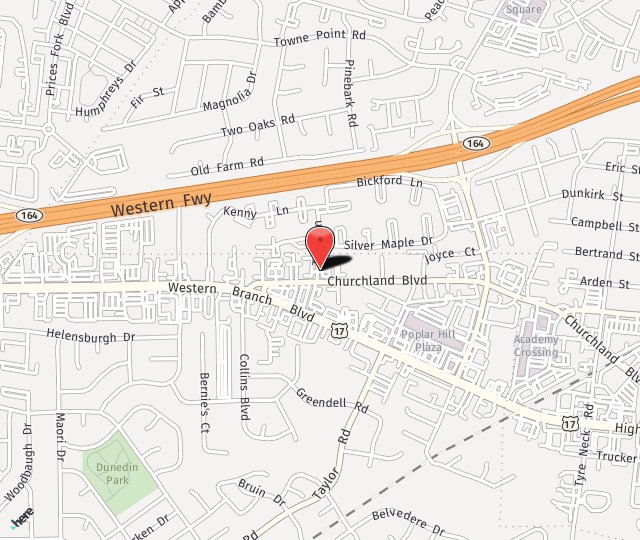Glaucoma is the leading cause of irreversible blindness in the world, affecting over 64 million people worldwide. That number is projected to increase to 112 million in 20 years. Glaucoma occurs when normal fluid drainage from within the eye is impeded or blocked, raising intraocular pressure.
Treatments for glaucoma usually begin with the use of eyedrops or SLT laser to lower pressure in the eye, but these aren’t always effective. Incisional surgery by trabeculectomy or tube shunt have been the subsequent treatments, but both options carry a relatively high risk of complications, up to one third of the patients having some form of complication from these procedures. These are risks of the patient developing double vision, eye infections, corneal swelling, and excessively low intraocular eye pressure (IOP).
In recent years, technological advances have made minimally invasive glaucoma surgery (MIGS) possible. At Southside Eye Care, Dr. Keverline performs various MIGS surgeries for our glaucoma patients.
What Is Minimally Invasive Glaucoma Surgery?
The goal of developing minimally invasive methods for glaucoma surgery has been patient safety. MIGS procedures work by using microscopic-sized equipment and tiny incisions. MIGS dramatically reduces the incidence of complications. MIGS is effective for mild-to-moderate lowering of a patient’s IOP. These procedures can be approached from inside the eye (ab-interno) or outside the eye (ab-externo).
Who Is A Good Candidate For Minimally Invasive Glaucoma Surgery?
MIGS procedures will not replace or eliminate traditional glaucoma surgery because these new methods cannot lower IOP to the degree necessary in more severe cases of glaucoma. But MIGS procedures have greatly decreased the number of patients who require these more invasive surgeries to control their eye pressure. These new methods have also created a lower threshold for a patient to benefit from a surgical intervention for better IOP control while decreasing the burden of medication.
Our Southside Eye Care glaucoma patients who would be good candidates for MIGS with Dr. Keverline would generally have mild to moderate glaucoma. It could also be a good option for patients whose glaucoma doesn’t yet merit traditional surgery and its inherent risks. MIGS could also be a good first option for high-risk patients, due to the decreased chances of complications.
What Are The Benefits Of Minimally Invasive Glaucoma Surgery?
Because these methods carry lower risk of complication, they enable surgical intervention at an earlier point in treatment. In the past, this sometimes kept the patient on medications and laser treatments, rather than moving forward with traditional incisional surgery.
These are some benefits of MIGS:
- Decreases the number of patients who require more invasive glaucoma surgery
- Incisions are very tiny
- Involves little surgical manipulation of the sclera (the white)
- Involves little manipulation of the conjunctiva (the transparent outer layer)
- Shorter operation times
- More rapid recovery
- Can be combined with cataract extraction
- Lower complications and risks than traditional surgery
- Can reduce or eliminate the need for medications
What Is The Minimally Invasive Glaucoma Surgery Procedure?
This isn’t a single procedure, but a group of operations. They can be divided into several categories:
- Miniaturized version of trabeculectomy
- Trabecular bypass operations
- Totally internal or suprachoroidal shunts
Microtrabeculectomies
— Tiny microscopic-sized tubes are inserted into the eye and drain fluid from inside the eye to underneath the outer membrane of the eye (conjunctiva), two new devices seems to make the trabeculectomy operation safer. These are the Xen Gel Stent and PRESERFLO.
Trabecular Surgery
— In most cases, the restriction of fluid drainage occurs in the trabecular meshwork. Several different surgical procedures have been devised using tiny equipment and devices to cut through the trabecular meshwork without damaging any other tissues in the ocular drainage pathway. Using a special contact lens on the eye, a tiny device is inserted into the eye through a tiny incision into the trabecular meshwork under high-power microscopic control. The trabecular meshwork can either be destroyed, removed or bypassed using an iStent.
Suprachoroidal Shunts
— These procedures use tiny tubes with very small internal openings. They connect the front of the eye to the suprachoroidal space between the retina and the wall of the eye to augment the drainage of fluid from the eye.
What Is Recovery Like After Minimally Invasive Glaucoma Surgery?

Recovery varies depending upon the MIGS procedure used by Dr. Keverline. In general, MIGS allows the patient to have a more rapid visual recovery than with traditional glaucoma surgery. There is far less chance of developing the complications common with traditional surgery. During your consultation with Dr. Keverline, he will discuss what you can expect during your recovery from the procedure he feels will fit your situation.
How Does Traditional Glaucoma Surgery Compare To Minimally Invasive Glaucoma Surgery?
MIGS procedures don’t have long-term data to use to fully compare with traditional methods, which have been used for four decades. MIGS procedures have thus far shown to be safer than traditional trabeculectomy or tube shunt surgeries. This is because they don’t have some of the associated complications from trabeculectomy and tube shunt procedures, such as overly low eye pressure and bleb infection. MIGS procedures involve shortened surgical time and that can be very important for the safety of the patient. Although MIGS procedures are safer then trabeculectomy, they are not as effective in lowering IOP, which precludes them from being used in patients needing more dramatic reduction in eye pressure.
What Are The Risks Of Minimally Invasive Glaucoma Surgery?
The risks and complications with MIGS procedures are lower than with traditional glaucoma surgery, but they are still present. Still, the risks involved with either approach outweigh the alternative for moderate to advanced cases of glaucoma that cannot be controlled with eyedrops. That alternative is vision loss as the optic nerve is damaged permanently.
The risks with MIGS (and all glaucoma surgery) are vision loss (usually temporary), bleeding inside the eye, infection inside the eye, low eye pressure (hypotony), scarring, and acceleration of cataract formation.
Southside Eye Care proudly serves Chesapeake, Norfolk, Portsmouth, Suffolk and Virginia Beach Virginia as well as the surrounding areas. For more information on how we perform Minimally Invasive Glaucoma Surgery (MIGS) call us at 757-484-0101 today or fill out our contact form for more information.


